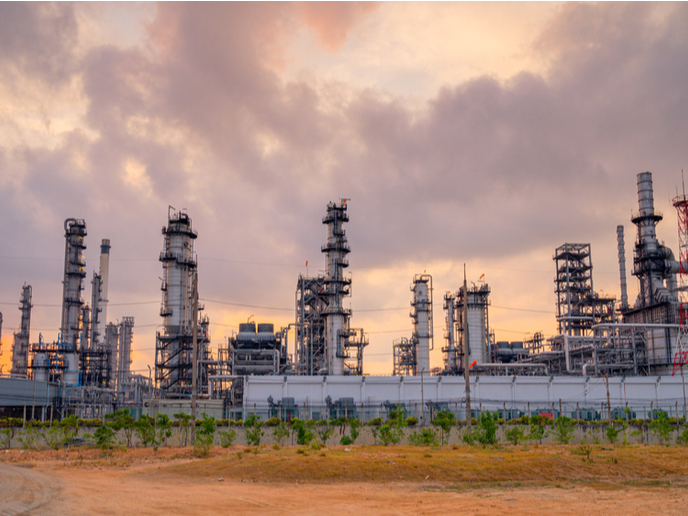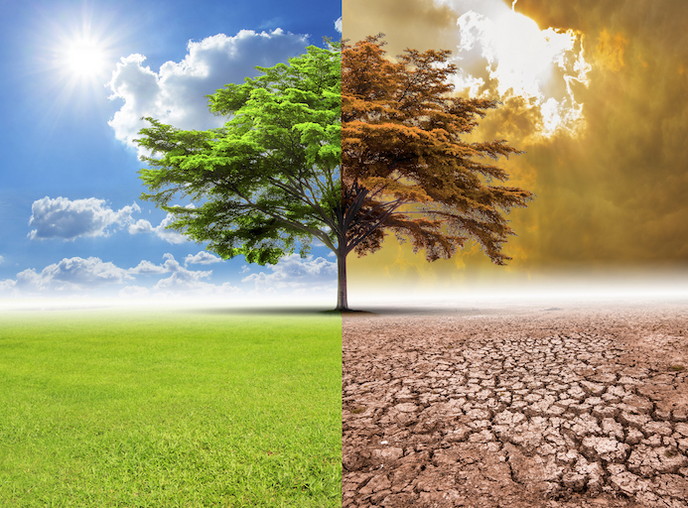Gravity-driven 'instructions' in stratified fluids
The motions in astrophysical or geophysical fluids can be affected by the presence of significant density variations in the fluid. Between layers with different density, there is an interface along which waves propagate – similar to waves on the surface of the ocean. Such gravity waves can also propagate in the bulk of a stratified fluid, i.e. whose density changes continuously with depth. The difference in densities determines how strong the restoring force is and, subsequently, how high wave amplitudes can grow. Stratification also strictly controls the frequency and wavelength of excited waves. Within the COWAVE project, scientists developed what can be viewed as one the simplest set-ups where these density effects can be analysed. In their experiments, COWAVE scientists used water confined in a tank, with a turbulent layer adjacent to a stratified layer. By adding salt or varying the water temperature, they were able to control buoyancy. Buoyancy differences in the tank resulted in the desired stratification, with dense, water on the bottom and lighter, water towards the surface. COWAVE scientists combined local measurements of temperature or density with global velocity measurements to investigate the time and frequency spectra of waves excited. A numerically assisted mathematical model of this system was also developed. The analysis of theoretically predicted turbulent and oscillatory motions – which were partially explored in the experiments – confirmed the predictive capabilities of the numerical models. But even with such a simple system, some new and non-intuitive physical phenomena emerged. The COWAVE project demonstrated that turbulent motions mostly excite low-frequency waves that remain localised around the interface. High-frequency waves propagate deeper into the stratified tank because of a selective damping, depending on the buoyancy of the ambient fluid. COWAVE results will contribute to a better understanding of the effects of gravity waves in atmosphere general circulation models and their predictions of weather patterns. They will also help to better understand the evolution of stars and planetary cores, where the dynamics of stratified layers was up to now largely neglected.







